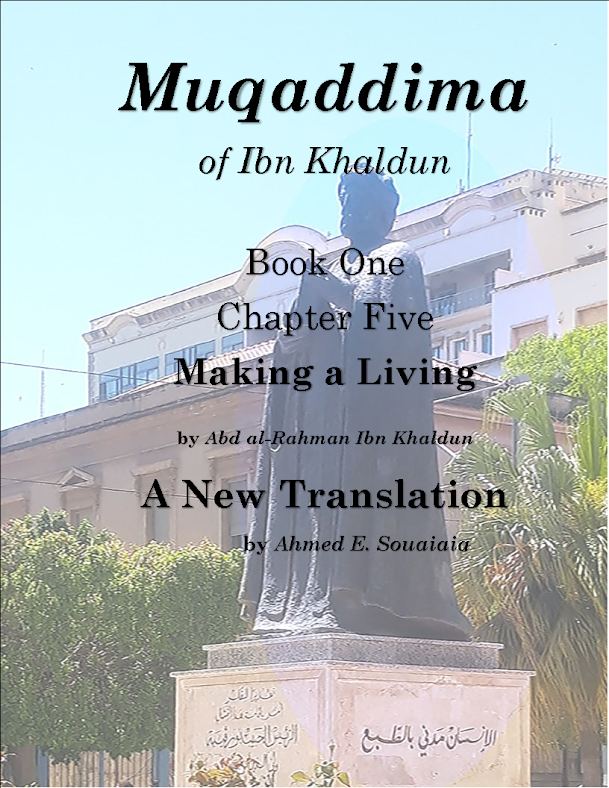
Prestigious academic institutions' declining prestige
Princeton Praised a Professor for Winning a MacArthur; and at the same time, Princeton launches a Probe Into Her stance on Palestine.
As congratulations poured in for the recipients of this year’s MacArthur Award, Dr. Ruha Benjamin, a professor of African American studies at Princeton University, should have been celebrating a career-defining achievement. But the full story was a bit more complicated. Around the same time that she had been awarded one of the most prestigious prizes in intellectual circles, Dr. Benjamin was being chastised for pro-Palestine activism by her university.





































































